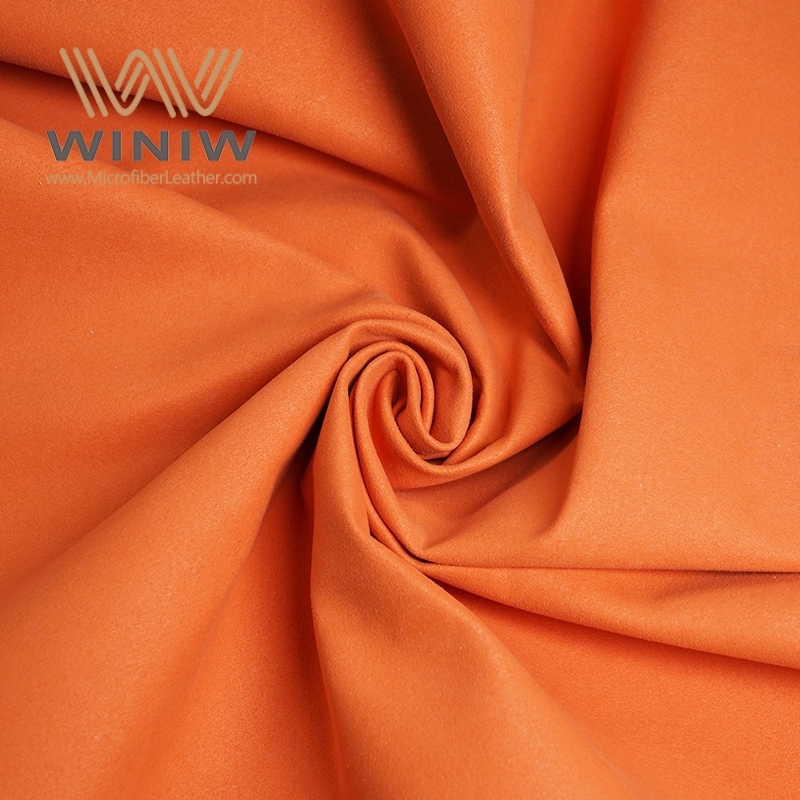
You want a chair that gives you the best value for your money. For most buyers, a Microsuede Chair often delivers more value than leather. Key factors you should consider include durability, maintenance, comfort, appearance, cost, and satisfaction.
Durability matters for long-term use.
Maintenance affects your daily routine.
Comfort impacts your experience.
Appearance shapes your space.
Cost influences your decision.
Focus on these points to make a smart choice.
Consider durability when choosing a chair. Leather typically lasts longer than microsuede, making it a better long-term investment.
Evaluate maintenance needs. Microsuede requires regular cleaning, while leather is easier to maintain with less frequent care.
Prioritize comfort. Microsuede offers a soft, cozy feel, while leather provides a firmer, supportive surface.
Think about style and appearance. Microsuede comes in various colors and patterns, while leather adds a classic, elegant touch to any room.
Assess your budget. Microsuede chairs are generally more affordable, making them a smart choice for budget-conscious buyers.
When you shop for a new chair, you want to get the most out of your investment. Value means more than just the price tag. You look for comfort, durability, easy maintenance, appealing appearance, and satisfaction over time. High-quality furniture supports your body and feels good to use. It lasts longer, so you do not need to replace it often. This saves you money and helps the environment by reducing waste. You also want a chair that fits your style and makes your space look inviting.
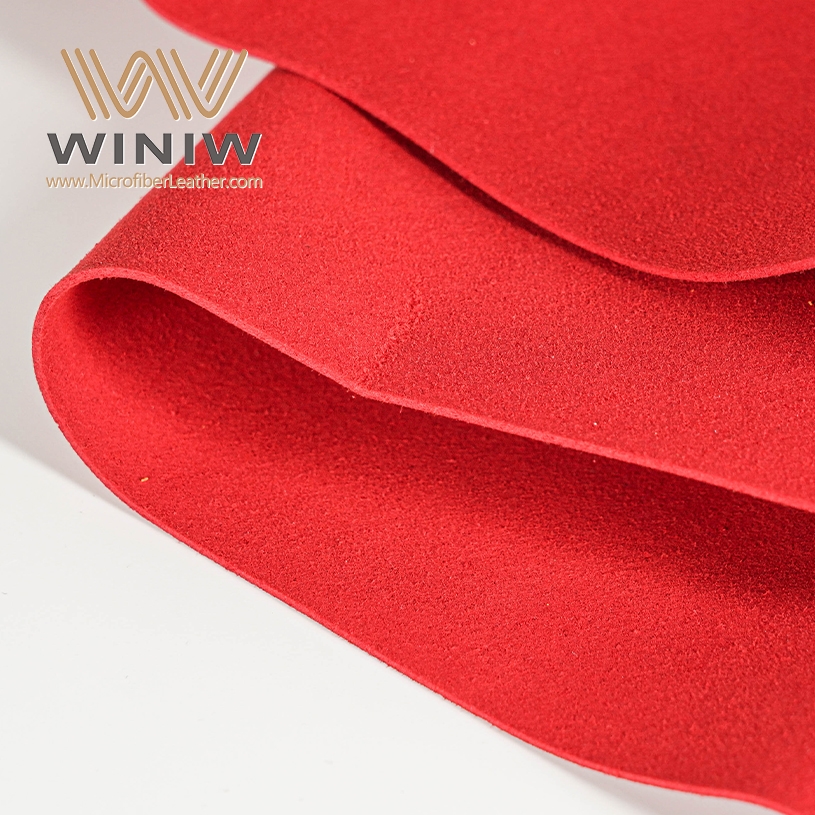
Furniture buyers often compare microsuede and leather using several criteria. The table below shows how each material stacks up:
|
Criteria |
Microsuede |
Leather |
|---|---|---|
|
Comfort |
Softer and more cushioned feel, breathable |
Firmer feel, adjusts to body temperature |
|
Durability |
Prone to stains and wear, depends on quality |
Highly durable, resistant to wear and tear |
|
Maintenance |
Requires regular cleaning and treatment |
Easy to clean, needs periodic conditioning |
|
Cost |
Generally more affordable |
Typically more expensive |
|
Aesthetics |
Wide variety of colors and patterns |
Timeless elegance, develops unique patina |
You should think about what matters most for your lifestyle. If you want a chair that feels soft and cozy, microsuede might suit you. If you prefer a classic look and long-lasting material, leather could be the better choice. Durability plays a big role in value. A chair that resists wear and tear will serve you well for years. Maintenance affects your daily routine. Microsuede needs regular cleaning, while leather requires less frequent care but benefits from conditioning.
Comfort links to ergonomic design. A well-made chair supports your posture and helps you relax. Appearance also influences your decision. Microsuede offers many colors and patterns, making it easy to match your decor. Leather brings timeless elegance and develops a unique look as it ages. Cost efficiency matters too. You weigh the initial price against long-term savings. A durable chair reduces the need for replacements, saving you money over time. Satisfaction comes from knowing you made a smart choice that fits your needs.
When you invest in a chair, you want it to last. Durability stands out as a top priority. Leather chairs often outlast other materials. Real leather resists visible wear for many years. You may notice that leather develops a unique patina, but it rarely cracks or peels if you care for it properly. Faux leather, on the other hand, can start to show signs of wear such as cracking or peeling after a few years. High-quality faux leather lasts longer, but lower-quality versions may deteriorate quickly.
A microsuede chair offers a different experience. Micro-suede fabric feels soft and looks modern, but it can show wear in high-use areas. Over time, you might see flattening or slight discoloration where you sit most often. However, modern micro-suede fabrics are designed to be more durable than older types. They resist pilling and tearing better than many traditional fabrics.
Tip: If you want a chair that keeps its appearance for years, choose real leather for maximum longevity. For a balance of comfort and durability, modern micro-suede provides a strong alternative.
Your daily routine puts furniture to the test. In busy homes, both leather and micro-suede face spills, pet claws, and constant movement. Leather stands up well in high-traffic spaces. You can wipe away most spills with a damp cloth. Leather does not trap dust or pet dander, which makes it a smart choice for allergy sufferers.
Micro-suede also performs well in active households. The fabric resists stains and handles wear from kids and pets. Many families find a microsuede chair practical and inviting. The soft surface feels cozy, and the material holds up to daily use if you clean it regularly.
Here’s how both materials perform in real-life settings:
Leather sofas last for many years with proper care. They work well in high-traffic areas.
Micro-suede fabrics are designed to withstand daily wear and tear. They suit family living rooms and busy spaces.
Leather is easy to maintain. You can clean up spills quickly.
For allergy concerns, leather does not hold dust mites or pet dander as much as fabric options.
You should weigh your needs before choosing. If you want a chair that looks good and stays strong for years, leather is a reliable pick. If you prefer a soft, family-friendly option, micro-suede offers comfort and resilience.
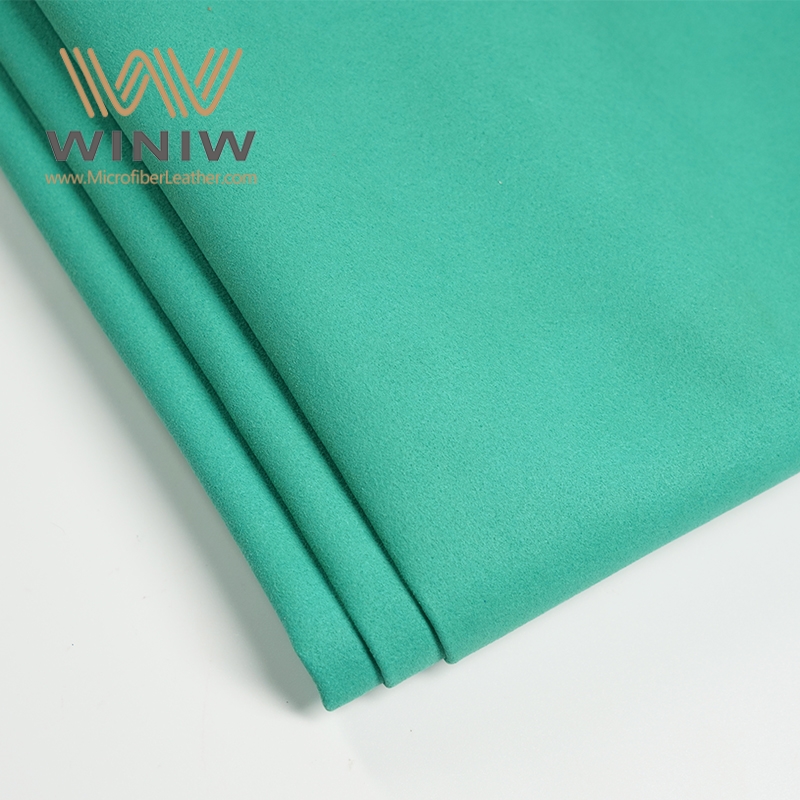
You will find that a microsuede chair is easy to clean if you follow a regular routine. Micro-suede fabric tends to grip dust, pet hair, and small debris, so vacuuming once a week keeps it fresh. Use a soft brush attachment to avoid damaging the fibers. Spot cleaning works well for spills. Blot the area with a clean cloth and use a mild soap solution for tougher stains. Avoid soaking the fabric, as too much moisture can leave marks. Micro-suede is water-resistant, so light spills do not soak in quickly, giving you time to clean up before a stain sets.
Tip: Always test cleaning products on a hidden area first to make sure they do not discolor your chair.
Leather chairs require a different approach. You should vacuum and wipe down the surface every two to four weeks, depending on how often you use the chair. Use a microfiber cloth to remove dust and dirt. Apply a leather cleaner with gentle circular motions, focusing on any stained areas. Let the cleaner dry for about 24 hours. Afterward, apply a leather conditioner to keep the material supple and prevent cracking. Deep conditioning twice a year helps maintain the leather’s durability and appearance.
Recommended Leather Cleaning Routine:
Vacuum all crevices to remove debris.
Apply leather cleaner with a microfiber cloth.
Wipe gently, focusing on stains.
Wait for the cleaner to dry.
Condition the leather annually.
Both micro-suede and leather offer stain resistant qualities, but they perform differently. Micro-suede resists light spills and is suitable for urban homes with low-intensity use. Leather provides stronger water resistance and stands up to heavy spills and rain, making it ideal for busy households or areas with pets and kids. Leather does not trap dust or pet dander, which helps if you have allergies. Micro-suede is stain resistant to everyday messes, but you need to clean it quickly to prevent permanent marks.

|
Feature |
Micro-suede |
Leather |
|---|---|---|
|
Stain Resistant |
Yes (light spills) |
Yes (heavy spills) |
|
Water Resistance |
Moderate |
High |
|
Easy to Clean |
Yes |
Yes |
You should choose the material that fits your cleaning habits and household needs. Regular care keeps both options looking their best.
When you sit on a microsuede chair, you notice the soft, suede-like texture right away. Micro-suede fabric feels plush and gentle against your skin. This material creates a cozy and inviting seat, perfect for relaxing after a long day. Leather, in contrast, offers a firmer surface. It feels smooth but less cushioned than micro-suede. Some people enjoy the supportive feel of leather, but others may find it less comfortable for long periods.
You can compare the two materials using the table below:
|
Material |
Softness Level |
Breathability |
Comfort Level |
|---|---|---|---|
|
Microsuede |
High |
High |
Very Comfortable |
|
Leather |
Moderate |
Low |
Less Comfortable |
Micro-suede stands out for its softness and comfort. If you want a chair that feels gentle and plush, this fabric is a strong choice.

Breathability affects how comfortable you feel, especially during long sitting sessions. Micro-suede allows air to flow through the fabric. This feature helps keep you cool and prevents sweating, even in warm rooms. You can enjoy a comfortable seat year-round.
Leather behaves differently. It does not breathe as well as micro-suede. In hot weather, leather can feel sticky and warm. The surface may absorb heat, making it uncomfortable to sit for long periods. In cold climates, leather becomes stiff and chilly. You might notice the material feels less flexible and more prone to cracking. High humidity can also cause leather to feel sticky or even develop mold.
Tip: If you live in an area with extreme temperatures or high humidity, micro-suede provides a more consistent and comfortable seating experience.
Choosing between these materials depends on your climate and comfort preferences. Micro-suede offers softness, breathability, and year-round comfort. Leather gives a classic look but may not suit every environment.
You can transform any room with a chair covered in microfiber. This material adapts to modern, casual, or playful spaces. Microfiber offers a soft, inviting look that fits entertainment areas, family rooms, or bedrooms. You find it easy to match microfiber with different decor themes because it comes in many colors and textures. Micro-suede fabric upholstery gives you flexibility when you want to refresh your space. Interior designers rate microfiber highly for its ability to blend with various styles. You can see how it compares to leather in the table below:
|
Material |
Pros |
Cons |
|---|---|---|
|
Leather |
- Classic and durable, fits into almost any aesthetic. |
- Stains easily and requires regular cleaning to prevent damage. |
|
|
- Long-lasting and comfortable, a dependable investment. |
|
|
Microsuede |
- Easy to care for and water-resistant, suitable for active homes. |
- Needs regular vacuuming to remove pet hair and dust. |
|
|
- Offers flexibility in color and texture for various decor styles. |
- Can be staticky, which may affect comfort for some users. |
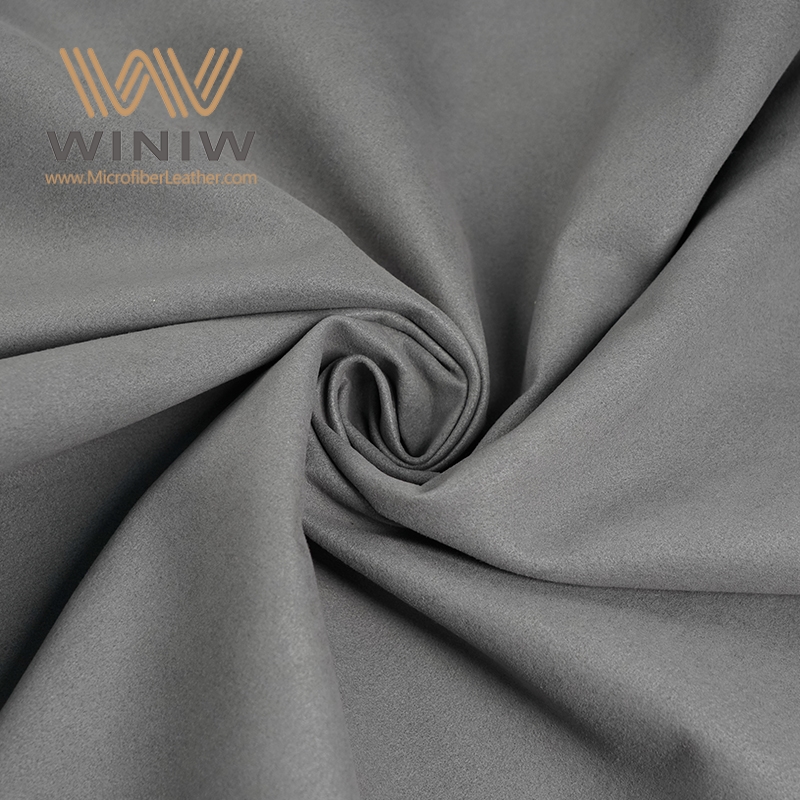
Microfiber stands out for its practicality. You can clean it easily, and it resists spills. You also get a wide range of choices for color and texture, making it simple to personalize your chair.
Leather gives your room a classic and elegant feel. You notice the rich texture and subtle sheen that leather brings to any space. Many people choose leather for formal living rooms, offices, or libraries. You invest in leather when you want a chair that never goes out of style. The material ages gracefully, developing a unique patina over time. You find that leather fits both traditional and contemporary decor. You can rely on leather to add sophistication and warmth to your home.
Note: Leather chairs often become the focal point in a room. You can use them to anchor your design and create a sense of luxury.
You have many options when you select the color for your chair. Neutral shades like beige, light gray, cream, and taupe dominate the market for both microfiber and leather chairs. These colors work well with most decor styles and make your space feel calm and balanced. You can also choose bold colors such as mustard yellow, terracotta, or sage green if you want to make a statement. Microfiber lets you experiment with vibrant hues and patterns, while leather usually offers classic tones. You can match your chair to your existing furniture or use it to introduce a new accent color.
You should consider your room’s lighting and overall theme before making a choice. Microfiber adapts easily to changes in style, so you can update your look without replacing your chair. Leather remains timeless, giving you confidence that your investment will last.
When you compare the initial price of a microsuede chair to a leather chair, you notice a clear difference. Leather chairs usually cost much more than fabric options. You often pay two to three times the price for a quality leather recliner compared to a fabric model. This price gap comes from the production process and the higher quality standards for leather. If you want a chair that fits a tight budget, fabric options like microsuede give you more choices. You can find a comfortable and stylish chair without spending a lot.
Leather recliners generally cost 2-3 times more than fabric models.
Fabric recliners, including microsuede, offer a wider range of budget options.
The durability of leather may justify the higher initial cost for some buyers.
You should think about your budget and how much you want to invest upfront. If you want the best furniture fabric for affordability, microsuede stands out as a smart pick.
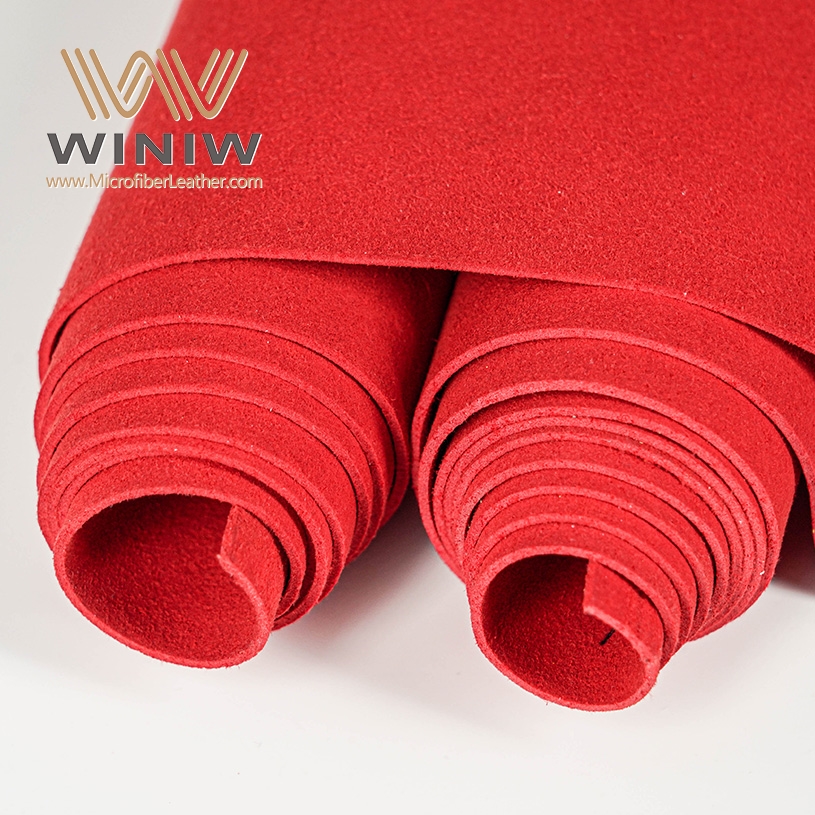
You want your chair to last and keep looking good. Leather gives you strong long-term value because it is easy to care for and very durable. You can clean leather with a damp cloth and condition it every six to twelve months. You should avoid direct sunlight to prevent fading. High-quality leather, especially from the top layer of cowhide, can last for many years. It develops a unique patina and resists cracking or peeling. Leather also stands up well to punctures and daily wear.
Microsuede feels plush and cozy, but it needs more routine care. You should vacuum it weekly and spot clean stains quickly. Over time, microsuede may show signs of wear or staining, especially in busy homes. While it offers comfort and style, it may not last as long as leather. If you want a chair that stays in great shape for years, leather is often the better long-term investment.
Tip: If you want a chair that requires less maintenance and lasts longer, leather is a strong choice for best furniture fabric.
You might want to sell your chair in the future. Leather chairs usually hold their value better than fabric options. Many buyers look for leather furniture because it ages well and keeps its classic look. A well-cared-for leather chair can fetch a good price on the secondhand market. Microsuede chairs, while comfortable and stylish, do not retain value as well. They may show more signs of use, which can lower their resale price.
Here is a quick comparison:
|
Feature |
Microsuede Chair |
Leather Chair |
|---|---|---|
|
Initial Price |
Lower |
Higher |
|
Maintenance |
More frequent |
Less frequent |
|
Durability |
Moderate |
High |
|
Resale Value |
Lower |
Higher |
You should use this furniture upholstery guide to help you decide which chair fits your needs. If you want a budget-friendly option now, microsuede works well. If you want a chair that lasts and holds value, leather is a strong contender. Always consider your lifestyle and how you plan to use your chair. The best furniture fabric for you depends on your priorities for cost, care, and long-term value.
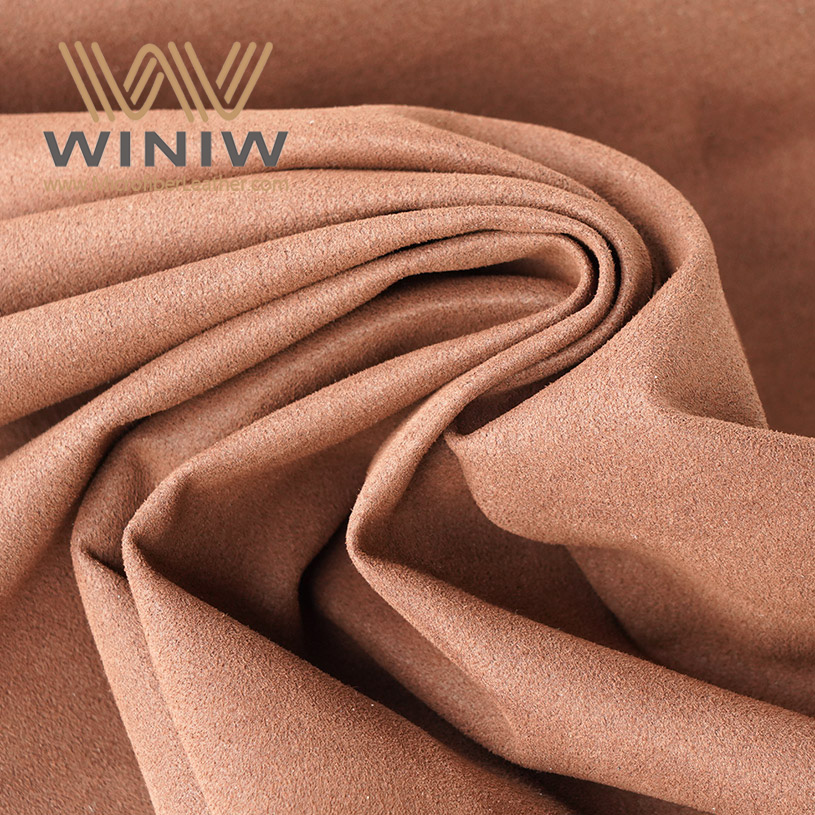
When you consider microsuede chairs, you notice several strengths and weaknesses. Many families choose microsuede because it stands up against heavy use. You find this material durable, especially in homes with kids or pets. Microsuede resists wear and tear, making it a practical choice for busy spaces. You also appreciate the ease of maintenance. Regular vacuuming keeps your chair looking fresh. Micro-suede belongs to the group of popular furniture fabrics because it offers a soft feel and a modern look.
However, you should know that microsuede attracts pet fur and dust. You may need to clean it more often if you have animals at home. The fabric is not the most breathable, so you might feel warm after sitting for a long time. Some users report that microsuede can be susceptible to stains, and cleaning tough spots may take extra effort. The synthetic material does not provide the luxury feel that some people want.
Microsuede Chair Pros:
Stands up against heavy use
Durable for families and pets
Easy to maintain with regular cleaning
Soft and comfortable texture
Microsuede Chair Cons:
Attracts pet fur and dust
Not very breathable
Susceptible to stains
Cleaning tough spots can be difficult
Lacks luxury feel
Leather chairs offer a different set of advantages and drawbacks. You often see leather as a durable option that lasts for decades. The elegant appearance adds visual appeal to any room. Leather feels comfortable and works well for families. Many people value the classic look and the way leather develops character over time.
On the other hand, you should expect a higher cost when you buy leather furniture. Leather requires regular maintenance and special care to keep it looking its best. The surface is susceptible to scratches, especially in homes with pets. You need to condition leather to prevent cracking and fading.
|
Pros |
Cons |
|---|---|
|
Durable: Lasts decades |
Expensive: Higher cost |
|
Elegant: Visually appealing |
Regular Maintenance: Needs special care |
|
Comfortable: Good for families |
Susceptible to scratches |
Tip: If you want a chair that combines style and long-term durability, leather remains a top choice. If you prefer easy care and affordability, microsuede may suit your needs better.
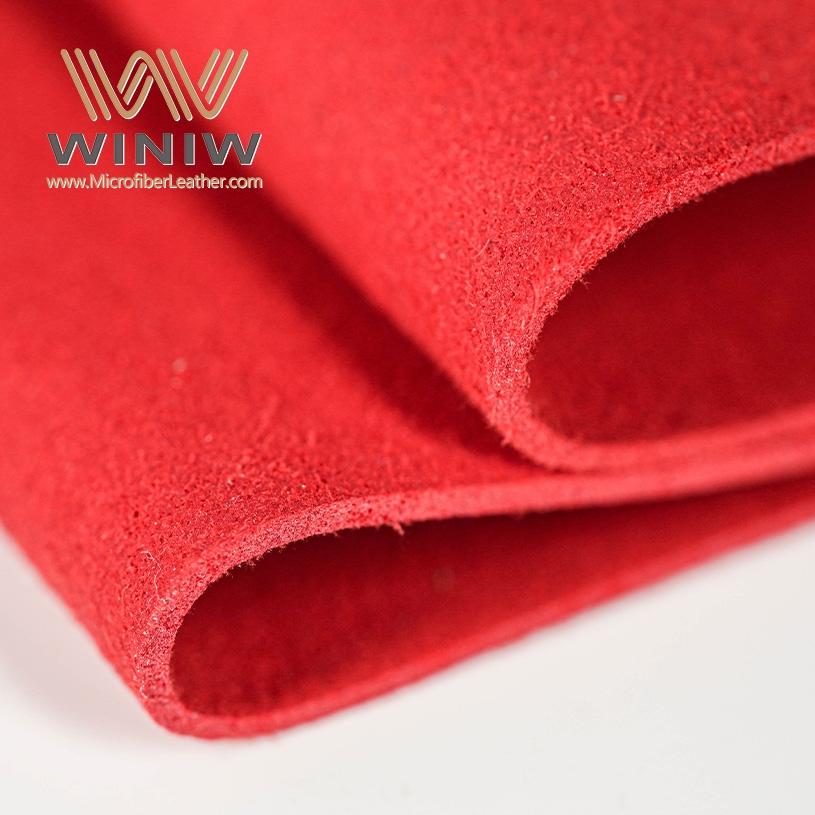
You want a chair that stands up to daily life with kids and pets. Microsuede and leather both offer practical benefits for active households. Family lifestyle experts recommend several fabrics for durability and easy cleaning. The table below shows how microsuede and leather compare to other popular choices:
|
Fabric Type |
Key Features |
|---|---|
|
Microfiber |
Durable, moisture-repellent, easy to clean, soft, available in various colors and textures. |
|
Crypton Fabric |
Ultra-durable, stain and odor-resistant, used in high-traffic areas, antimicrobial properties. |
|
Performance Velvet |
Stain-resistant, luxurious look, easy to clean, pet hair is easy to remove. |
|
Denim & Canvas |
Rugged, machine-washable, resistant to scratches and tears, ideal for high-impact areas. |
|
Leather/Faux Leather |
Easy to wipe clean, resistant to odors and stains, develops character over time, stylish option. |
You find that microsuede resists stains and feels soft, making it a favorite for families. Leather wipes clean quickly and resists odors, which helps when you have pets. Choosing the right fabric for your home means thinking about both comfort and practicality.
You want your office or reception area to look professional and polished. Leather chairs excel in formal spaces for several reasons:
Leather creates a stylish and professional appearance.
The material offers high durability and longevity.
You can clean leather easily, which keeps your space looking sharp.
Microsuede works well in casual or modern settings, but leather remains the top choice for formal environments. You impress guests and clients with the timeless look of leather.
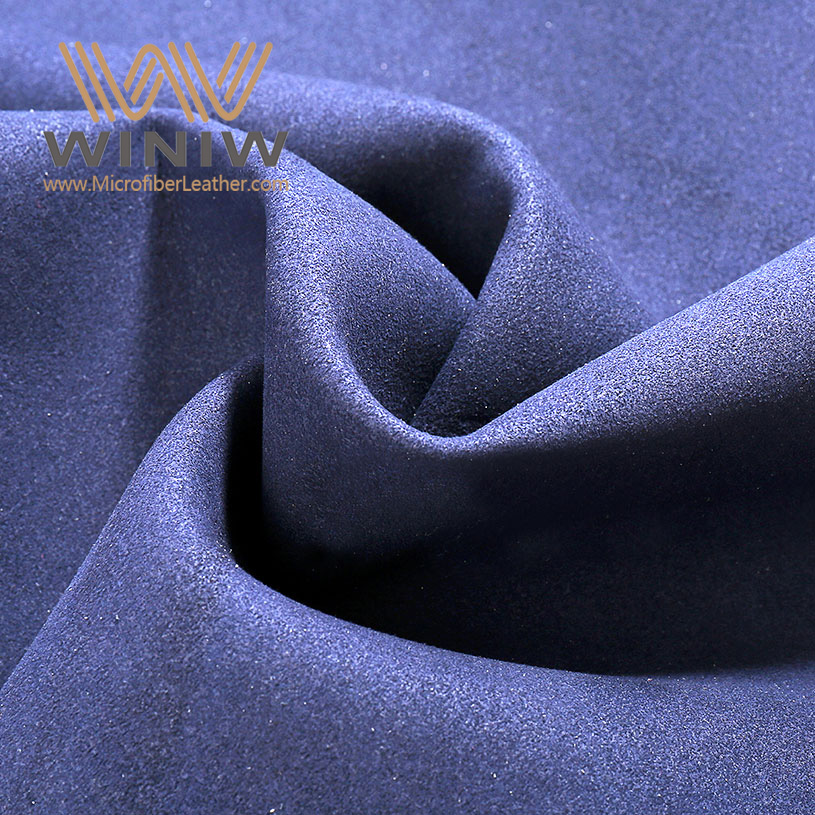
Your lifestyle shapes your furniture needs. The table below helps you compare how leather and microsuede fit different situations:
|
Factor |
Leather |
Microsuede/Fabric |
|---|---|---|
|
Maintenance |
Low-maintenance, easy to clean with a damp cloth. Needs occasional conditioning. |
Requires regular vacuuming and spot cleaning; more prone to absorbing odors and spills. |
|
User Demographics |
Ideal for families with kids or pets due to easy cleaning. |
Softer and warmer, better for elderly or guests with sensitive skin. |
|
Long-Term Value |
High durability, can last 10-20 years with proper care. |
More affordable, suitable for short-term living situations. |
|
Allergies |
Naturally hypoallergenic, easier to keep allergen-free. |
Can collect allergens; requires regular cleaning to reduce allergens. |
|
Sustainability and Ethics |
Concerns about animal welfare, but more sustainable options are emerging. |
Offers a wider range of sustainable choices, including organic and recycled materials. |
You may prefer leather if you want the best fabric sofa for long-term value and easy cleaning. Microsuede suits you if you want a cozy feel and a wide range of color options. When choosing the right fabric, consider your daily habits, who uses the chair, and your values about sustainability.
You get better value from microsuede if you want comfort, easy care, and a lower price. Leather works best when you need durability and a classic look. Before you decide, think about these points:
Durability for long-term use
Maintenance for easy cleaning
Comfort for daily relaxation
Style for matching your decor
Cost for your budget
Suitability for kids and pets
Choose the chair that fits your lifestyle and makes your space feel right.
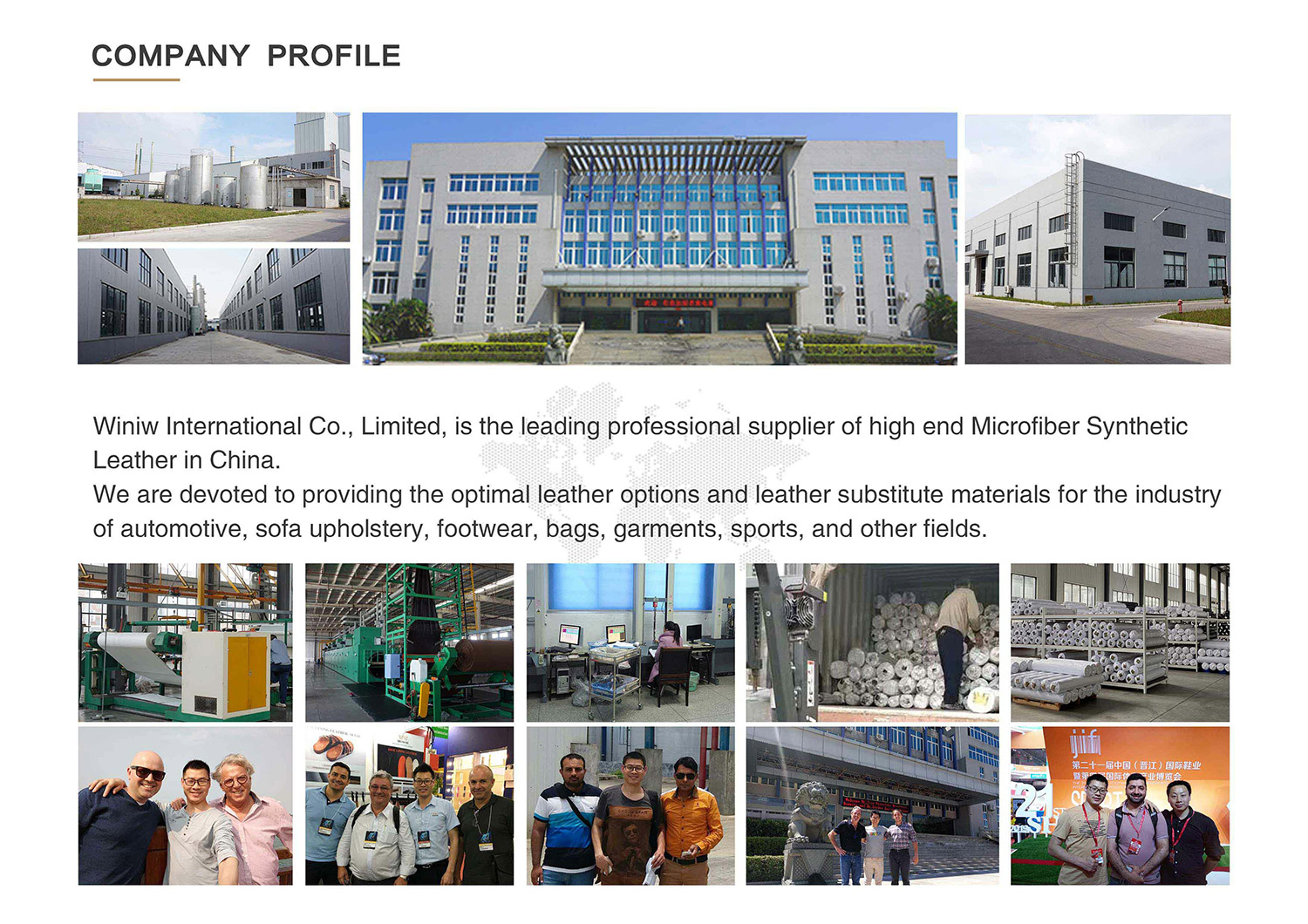
You can remove pet hair from microsuede with a vacuum cleaner or lint roller. Weekly cleaning helps keep your chair looking fresh. Micro-suede tends to attract hair, so regular maintenance works best.
Leather can feel sticky when temperatures rise. The material does not breathe as well as fabric. You may notice discomfort during summer months, especially if you sit for long periods.
Leather resists stains better than microsuede. You can wipe spills off leather quickly. Micro-suede offers moderate stain resistance, but you need to clean spills right away to prevent permanent marks.
Micro-suede can trap dust and pet dander. You need to vacuum often to reduce allergens. Leather does not hold allergens as much, making it a better choice if you have allergies.
A leather chair can last 10 to 20 years with proper care. You should clean and condition the leather regularly. High-quality leather resists cracking and fading, giving you long-term value.

Analyse de wechat:
